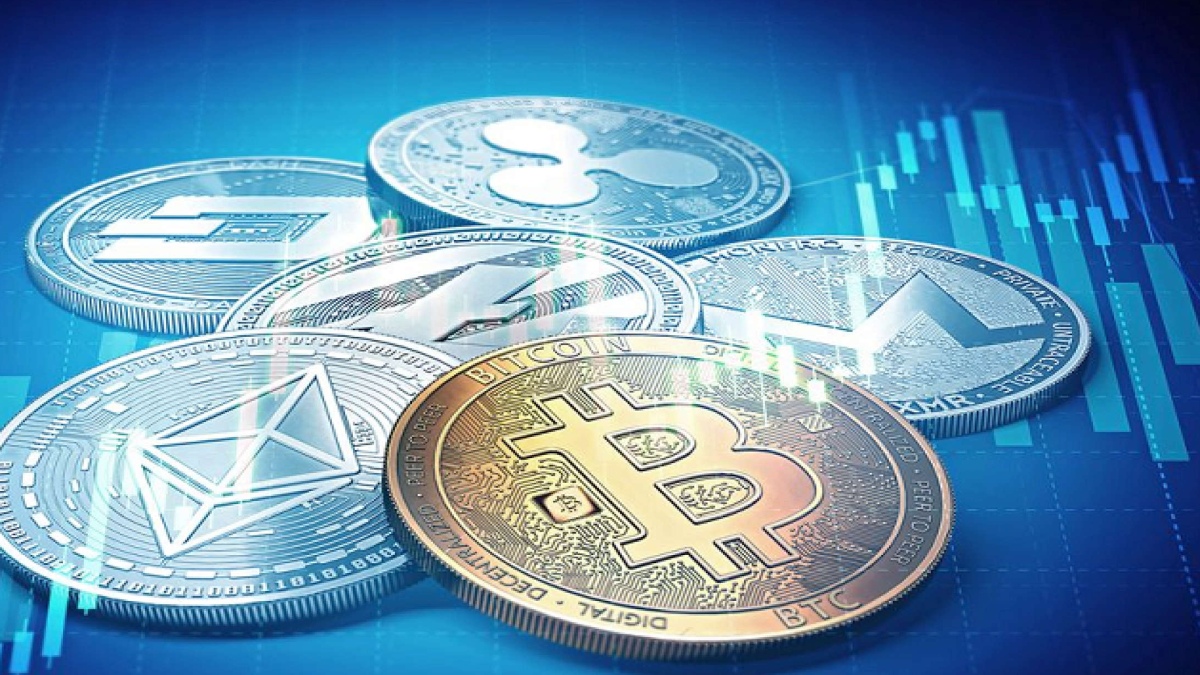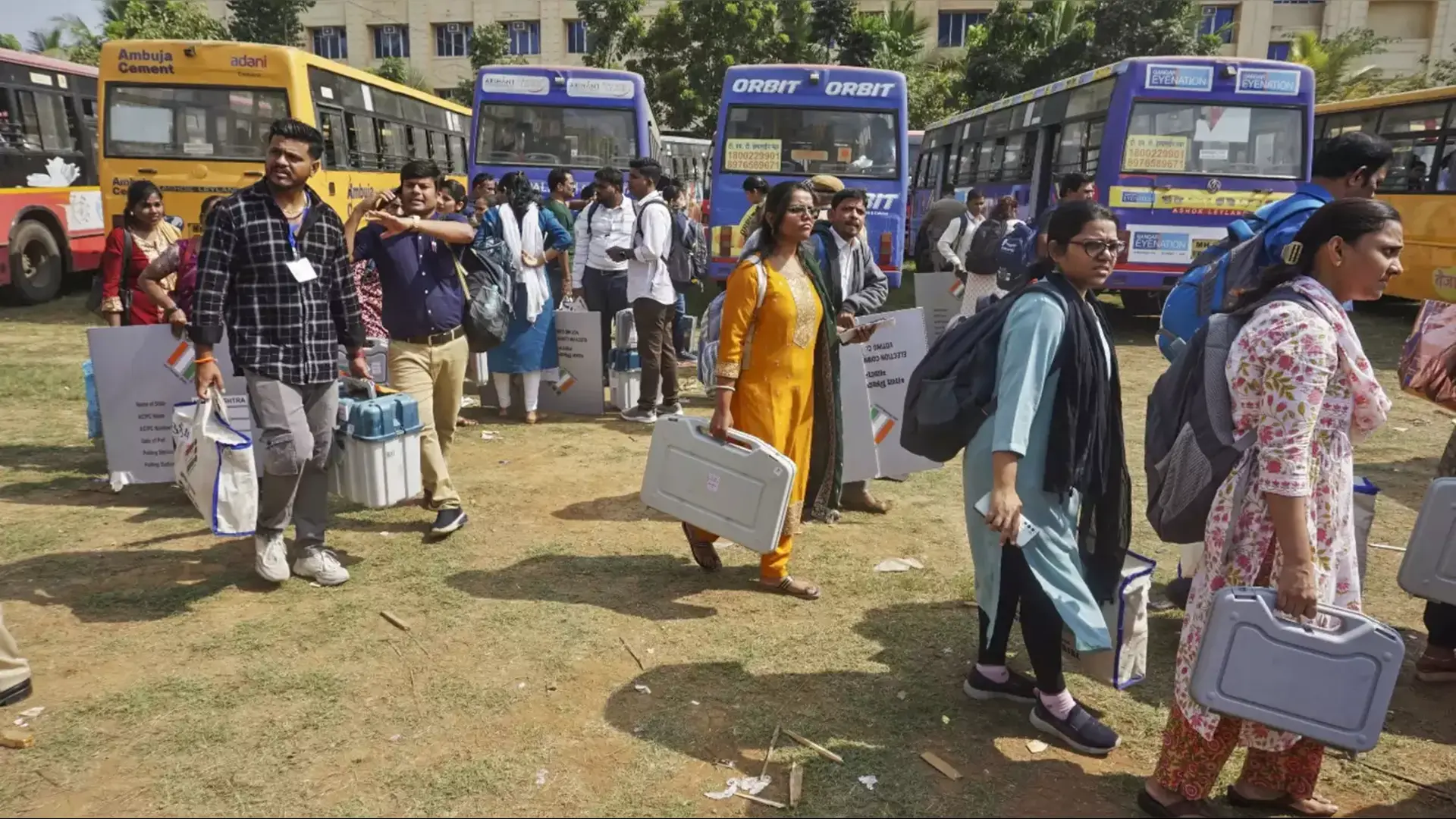
Is the wave of cryptocurrency a destructive tsunami that shall annihilate the financial system or a lucrative opportunity that ought to be pushed towards profitable shores? Given that the first cryptocurrency, bitcoin, traded at $0.08 when it was created in 2009, even after accounting for its significant fluctuations, its current value of $35,876, is enough to make jaws drop and eyes roll.
What makes cryptocurrency so valuable despite it having no intrinsic value? Top cryptocurrencies such as Ethereum and Bitcoin trade at amounts that are unthinkable for an intangible piece of code. While this can be baffling, on deeper scrutiny, print money’s valuation is equally without any intrinsic value. Once the gold standard was removed in the 1930s as a basis to value fiat currency, the central bank of a country was effectively the sole determinator of its value. So the RBI dictates the value of the Rupee and if it decides to devalue it against the dollar or print more money, it can easily do so. However, there is still a level of stability associated with the value of the rupee owing to several factors on the demand and the centralised nature of its regulation, as is true of most fiat currency from stable economies. On the other hand, it begs the question of whether a currency whose value can fluctuate from $58,000 to $30,000 on an Elon Musk tweet can be said to have any level of stability.
The value of cryptocurrency is derived from demand and supply, media forecasts and finite coin mining. Being platformed on blockchain technology and a decentralised distributed ledger system it has no central authority which approves and maintains a record of the database and determines its value. Despite the banking system being one of the oldest institutions backed by the Central government, the absence of an intermediary has not stalled the growth of cryptocurrencies because it has developed on a peer to peer network, being freely tradable by individuals and vesting control directly into the hands of the owner. Its convertibility into fiat currency is also at the behest of individuals who, through exchanges, are perfectly happy accepting it as tender which constitutes a discharge of debt.
Moving forward, there is great uncertainty about the place of cryptocurrencies in the formal economy on account of the concerns of the state-regulated banking system. Lately, the Chinese government, amongst others, has vowed to crackdown on crypto-exchanges amidst growing leakages from their financial system. El Salvador, in stark contrast, became the first country to formally introduce cryptocurrency in its financial system and recognise it as legal tender. Several countries stand between these two extremes and recognise cryptocurrency in a limited capacity by regulating its use. India is at such an inflection point and must decide which path to follow.
As with most significant technological developments, India viewed cryptocurrency with scepticism but did little about it from 2008 till sometime in 2018, when the RBI decided to come out with a circular that disallowed banks from allowing persons to trade in cryptocurrency. That step was taken without the legislature disallowing trade in cryptocurrency, so it effectively never made cryptocurrency illegal but created a surrogate ban for its official trade. The result was cryptocurrency exchanges relocating themselves outside of India and those wanting to trade in cryptocurrency proceeding to do it from outside the country. The RBI’s circular was struck down by the Supreme Court in its judgment in Internet and Mobile Association of India v RBI, which meant that crypto-currency, never considered illegal in India, could be traded and conversions into fiat currency done through the formal banking channel. However, as with most things, matters did not end with the Supreme Court’s decision. The recent experience with cross border trade in cryptocurrency in violation of foreign exchange guidelines served as another important reminder that regulation, and not prohibition, is the way forward. The cryptocurrency exchange WazirX was put on notice by the Enforcement Directorate for the alleged violation of foreign exchange laws.
Rather than a blanket or a surrogate ban, acknowledging that the Indian authorities are well within their rights to prosecute the unauthorised and illegal use of cryptocurrency is the way to serve all stakeholders and is better in the long run, even from a tax collection standpoint. Allowing interested traders to access the market through legitimate and regulated means would help negate many of the worries associated with cryptocurrency transactions. Banning cryptocurrency is likely to further incentivise investment through the black market thereby leading to even more leakages from the formal economy.
India can take several cues from beyond its borders on how to approach the regulation of cryptocurrency. The European Union, while cautioning against the dangers of cryptocurrencies, has permitted its use by regulating it. Cryptocurrency trading is also permitted in the USA, UK, Canada, Brazil and Russia, amongst others. For example, in the USA, people who trade in cryptocurrencies must follow centralised regulations and must register with accredited bodies to enforce anti-money laundering programs, keep appropriate records and make reports to FinCEN. With the active monitoring of such reports, it is possible to regulate the entire market holistically to avoid funding criminal activities such as terrorism.
With carefully crafted safeguards most of these concerns can be tamed. The potential for cryptocurrencies to destabilise the system can be addressed by simple checks such as permitting trading only through exchanges and limiting deposits and withdrawals. By placing limits on the volume of sales and purchases as a percentage of the total holding, the volatility can be controlled in the same manner as the stock market. That said, while there have been talks of cryptocurrency regulation in India and several policy papers, they have not materialised into a proper regulation. A bill in Parliament proposes criminal penalties for mining, holding, selling, trading, issuance, disposal, or use of cryptocurrency and at the same time introduces the Digital Rupee as the RBI backed digital currency. However, that was followed by a ministerial press statement that suggested that even if the bill was tabled for the RBI to launch a Digital Rupee, it would not criminalise cryptocurrency. That bill is yet to be tabled. Further, high echelons of the government and in particular the Finance Ministry have made positive statements to the media on the subject, which shines a bright ray of hope, but not without the usual policy surprises.
The question is whether India wants to follow China or embrace the winds of change with strong controls that are in sync with the liberal free-market economy. By embracing new technologies in our democratic and progressive nation, the twin objective of strengthening the dream of a digital India and not missing on the Blockchain revolution will become a reality. Gautam Buddha’s adage holds true even in today’s world: “Change is never painful, only resistance is.” There is no reason for India to impose a complete ban. Appropriate regulation and taxation are the tools to introduce it within the system for safe and legal use.
Nakul Dewan is a Senior Advocate, Supreme Court of India and Barrister, Twenty Essex, Singapore and London. Nakul was the lead counsel who successfully argued against the RBI’s cryptocurrency ban in Internet and Mobile Association of India v RBI. Avishkar Singhvi is an Independent Advocate, Supreme Court of India. The views expressed are personal.
By embracing new technologies in our democratic and progressive nation, the twin objective of strengthening the dream of a digital India and not missing on the Blockchain revolution will become a reality. Gautam Buddha’s adage holds true even in today’s world: “Change is never painful, only resistance is.” There is no reason for India to impose a complete ban on cryptocurrency. Appropriate regulation and taxation are the tools to introduce it within the system for safe and legal use.















